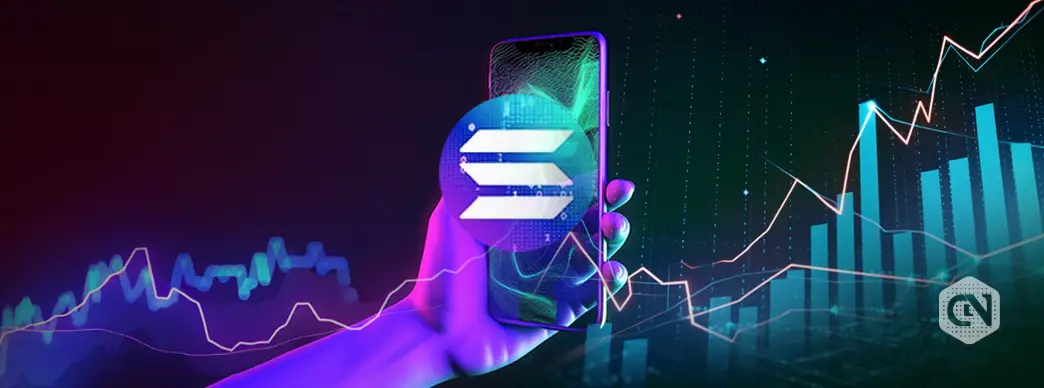A recently published report from Coinbase Institutional indicates that Solana has surpassed Ethereum when it comes to transaction fees generated by trading activities; the report reflects an impressive 75% to 90% of Solana fees being attributed to trades on decentralized exchanges (DEX), compared to Ethereum’s 55% to 65%. Interestingly, the network activity tends to peak mostly during US hours, particularly in the Pacific Time Zone.
The report by David Han, an Institutional Research Analyst at Coinbase showcases that Solana’s fee distribution is consistent with that of other networks. Yet, it exhibits a distinct concentration in trading activities.
A significant 90% of non-vote transaction fees on Solana are linked to have originated from a nominal 0.13% of active accounts, reflecting a concentration pattern similar to other low-cost chains as per the report. To add, a large portion of Solana’s fee is tied to DEX for trading. Solana’s high level of trading activity is largely due to its unique user base and the network’s developing ecosystem that includes an increasing number of memecoins and new sectors like gaming and Decentralized Physical Infrastructure Networks, commonly known as DePINs. In comparison to Ethereum which is seen to peak during New York’s trading hours, the report found that Solana’s activity peaks at 8:00 PM UTC which is equivalent to 1:00 PM PT. This suggests that there is a possibility that users are likely based on the West Coast in the United States.
Solana’s cohort of users skews heavily towards Pacific Time Zone hours (based on fee spend), peaking at 1pm PDT (8pm UTC).
Meanwhile, BTC, ETH, and Base fees peak with US East Coast market open. Arbitrum and Polygon PoS peak during Asia open. pic.twitter.com/2zR7nTJOmH
— David Han (@0xdavidhan) October 16, 2024
The report also sheds light on the unique way Solana handles transactions when compared to Ethereum. Ethereum transactions involve a sender and a clearly defined recipient while Solana structure is instruction-based meaning it features a list of “executing accounts” rather than a single destination address. This difference provides more security and makes it difficult to define Solana’s adoption metric with those of Ethereum and other chains that use Ethereum Virtual Machine or EVM.

Another interesting finding in the Coinbase report is the improvements in Solana’s efficiency. In the third quarter of 2024, only 26% of Solana’s transaction fees were attributed to failed transactions, a major drop from a peak of 55% in March. Previously, Solana often came under fire from users due to an increase in transaction failures. However, the new drop in failed transactions proves that the blockchain is committed to strengthening its network reliability.
Despite the impressive growth, Solana’s heavy reliance on trading-driven activities could become a challenge for the blockchain. If trading activity starts to drop, Solana could see a substantial impact on its revenue from network fees. However, for now, Solana seems to be enjoying the attention of West Coasters.
Also read: Solana Price Prediction: Will SOL Break $200 Amid Its 7-Week Bullish Surge?
